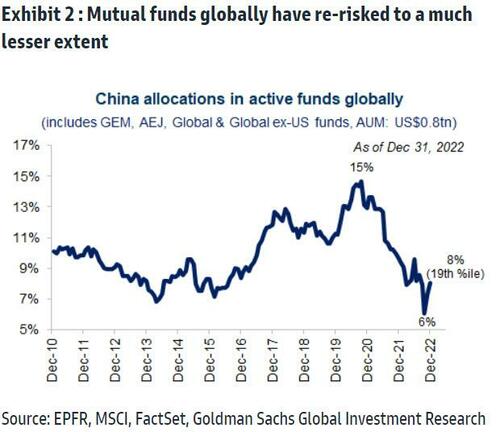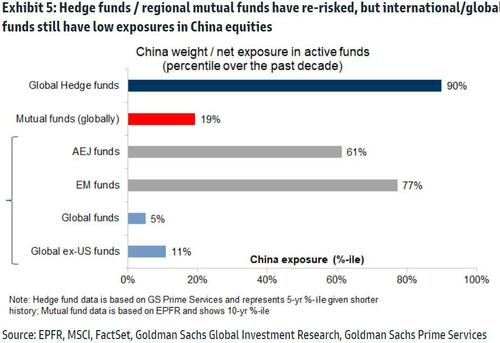Brain atrophy patterns are similar in individuals with obesity and those with Alzheimer's disease (AD), a new study shows.
Comparisons of MRI scans for more than 1000 participants indicate correlations between the two conditions, especially in areas of gray matter thinning, suggesting that managing excess weight might slow cognitive decline and lower the risk for AD, according to the researchers.
However, brain maps of obesity did not correlate with maps of amyloid or tau protein accumulation.

Dr Filip Morys
"The fact that obesity-related brain atrophy did not correlate with the distribution of amyloid and tau proteins in AD was not what we expected," study author Filip Morys, PhD, a postdoctoral researcher at McGill University in Montreal, Canada, told Medscape Medical News. "But it might just show that the specific mechanisms underpinning obesity- and Alzheimer's-disease-related neurodegeneration are different. This remains to be confirmed."
The study was published today in the Journal of Alzheimer's Disease.
Cortical Thinning
The current study was prompted by the team's earlier study, which showed that obesity-related neurodegeneration patterns were visually similar to those of AD, said Morys. "It was known previously that obesity is a risk factor for AD, but we wanted to directly compare brain atrophy patterns in both, which is what we did in this new study."
The researchers analyzed data from a pooled sample of more than 1300 participants. From the ADNI database, the researchers selected participants with AD and age- and sex-matched cognitively healthy controls. From the UK Biobank, the researchers drew a sample of lean, overweight, and obese participants without neurologic disease.
To determine how the weight status of patients with AD affects the correspondence between AD and obesity maps, they categorized participants with AD and healthy controls from the ADNI database into lean, overweight, and obese subgroups.
Then, to investigate mechanisms that might drive the similarities between obesity-related brain atrophy and AD-related amyloid-beta accumulation, they looked for overlapping areas in PET brain maps between patients with these outcomes.
The investigations showed that obesity maps were highly correlated with AD maps, but not with amyloid-beta or tau protein maps. The researchers also found significant correlations between obesity and the lean individuals with AD.
Brain regions with the highest similarities between obesity and AD were located mainly in the left temporal and bilateral prefrontal cortices.
"Our research confirms that obesity-related grey matter atrophy resembles that of AD," the authors conclude. "Excess weight management could lead to improved health outcomes, slow down cognitive decline in aging, and lower the risk for AD."
Upcoming research "will focus on investigating how weight loss can affect the risk for AD, other dementias, and cognitive decline in general," said Morys. "At this point, our study suggests that obesity prevention, weight loss, but also decreasing other metabolic risk factors related to obesity, such as type-2 diabetes or hypertension, might reduce the risk for AD and have beneficial effects on cognition."
Lifestyle Habits

Dr Claire Sexton
Commenting on the findings for Medscape, Claire Sexton, DPhil, vice president of scientific programs and outreach at the Alzheimer's Association, cautioned that a single cross-sectional study isn't conclusive. "Previous studies have illustrated that the relationship between obesity and dementia is complex. Growing evidence indicates that people can reduce their risk of cognitive decline by adopting key lifestyle habits, like regular exercise, a heart-healthy diet and staying socially and cognitively engaged."
The Alzheimer's Association is leading a 2-year clinical trial, U.S. Pointer, to study how targeting these risk factors in combination may reduce risk for cognitive decline in older adults.
The work was supported by a Foundation Scheme award from the Canadian Institutes of Health Research. Morys received a postdoctoral fellowship from Fonds de Recherche du Quebec – Santé. Data collection and sharing were funded by the Alzheimer's Disease Neuroimaging Initiative, the National Institute on Aging, the National Institute of Biomedical Imaging and Bioengineering, and multiple pharmaceutical companies and other private sector organizations. Morys and Sexton reported no relevant financial relationships.
J Alz Dis. Published online January 31, 2022. Full text
https://www.medscape.com/viewarticle/987704




